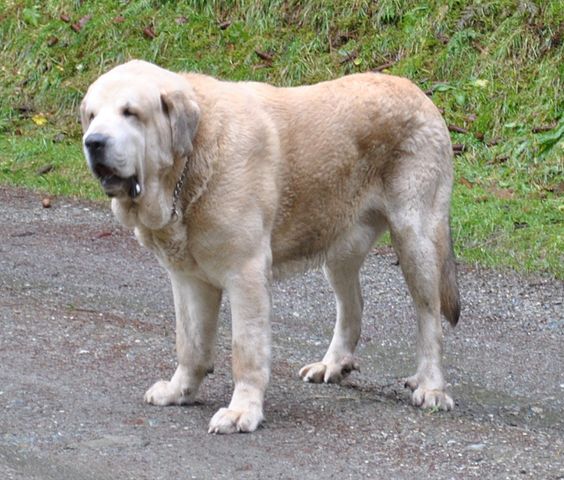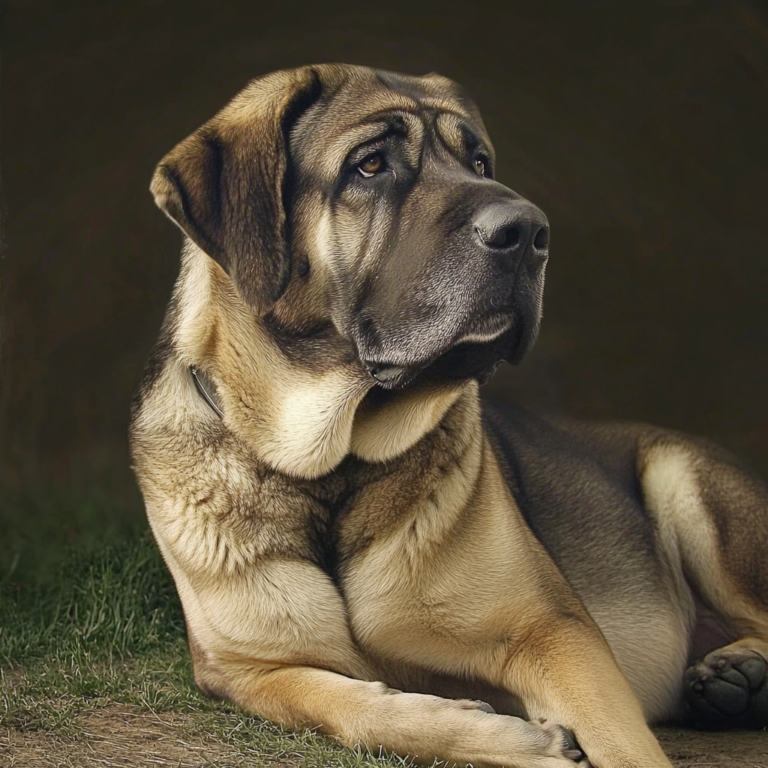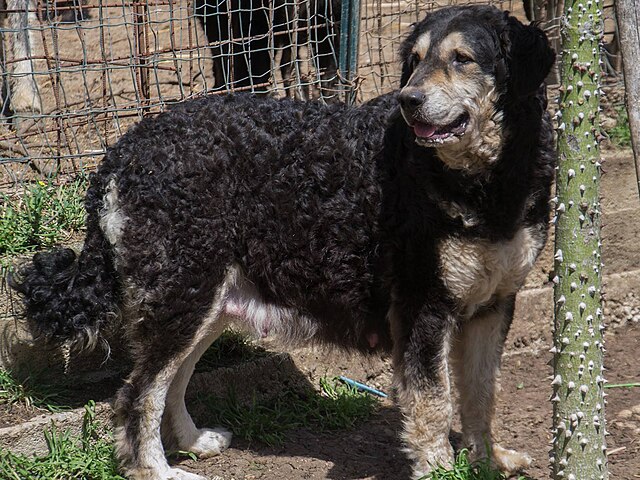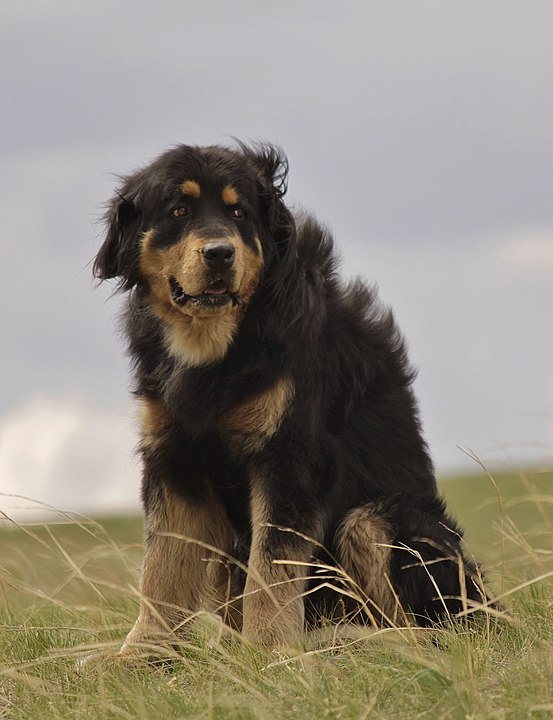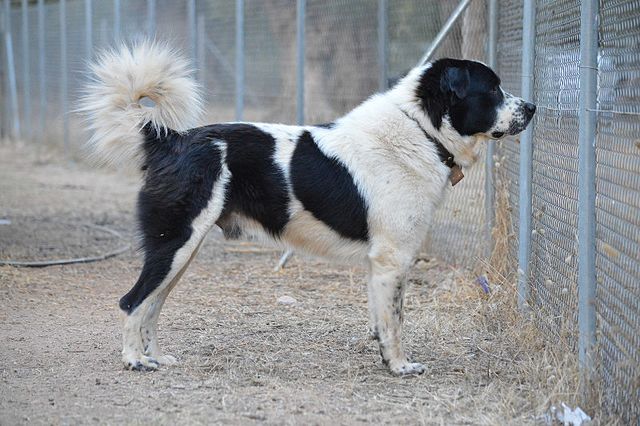The Spanish Mastiff is huge (weighing in between 140 and 200 pounds), yet caring and loving with his owners. He is very aware of his own size and therefore self-assured and even courageous in new situations (when properly socialized). Originally a livestock guardian breed – he will go after a dangerous animal with no hesitation. At home he is polite with family although very wary of strangers entering the home. This awe-inspiring breed is intelligent and fairly long lived for a giant dog, with a lifespan around 10-12 years.
Because of his size, the Spanish Mastiff must be socialized and trained from early on – before he gets too big to handle. Many work very well for food. An owner/trainer must stay consistent with commands and make sure the rules are always followed. Don’t let them make their own rules! If the dog seems to be getting bored, figure out if the dog just needs different motivation, if you need to add more commands to keep things interesting, or if the dog is just trying to get out of doing work. It’s important to stay firm, but fair. Some members of the breed have the tendency toward dominance so training is vital to teach them that you are pack leader.
An expert at protecting both livestock as well as property and home, the Spanish Mastiff’s bark alone is enough to deter most would-be intruders. It can be particularly loud and travel great distances. Originally, this breed would travel with sheep farmers while the shepherds moved their flock to new pastures. It was the Spanish Mastiff’s job to protect the vulnerable sheep from predators. This is a job that they take very seriously. Their hard-working roots also means they are adaptable to all sorts of weather and terrain, although they are much more at home on a larger property than in cramped city life.
Inside the house, the Spanish Mastiff is exceptionally calm and even dignified. Although he shows soft affection he is not one to wear his whole heart on his sleeve. Not that he isn’t loyal (because he very much is), but he prefers to show his affection in subtle ways rather than greet his owners at the door with endless licking and excitement. He’s not the biggest fan of other dogs, however, and may be aggressive towards them. He also does best with either no children or older children, as he can accidentally hurt them.
The medium-length coat of the Spanish Mastiff requires daily brushing to keep it clean and healthy. How often these dogs should be washed is argued among owners, but most dogs do benefit from a good bath when they get considerably dirty. The breed is not known to be particularly smelly, but it will depend on where he lives and the owner’s preference for cleanliness. A few key notes for grooming this breed, however – one unique feature of the Spanish Mastiff is the wrinkled dewlap underneath the neck – this does need to be kept dry so it doesn’t develop sores. It’s also important to clean the ears every week, as the heavy flaps tend to trap moisture and dirt. Finally, clean around the eyes every few days as the wrinkles on the head can cause some eye cleanliness issues. Like all other breeds, keep up with tooth and nail care (this breed sometimes has extra dewclaws which means extra nails to cut).
When it comes to exercise, a long walk daily is preferred. Because of their roots, they enjoy moving from place to place. They don’t necessarily need to jog (this is a slower-paced breed) but they do need to stretch their legs. Most Spanish Mastiffs also appreciate being able to roam in a big fenced yard in addition to their walks. They are independent-natured and appreciate time to themselves in which to watch over their property.
The Spanish Mastiff does best when living with an experienced dog owner. Remember, this is a guard dog and as such requires more understanding and work than the average dog. For example, one cannot just expect to have constant parties at their house or bring their dog with them to crowded events without massive socialization. Even then, an owner must understand the innate nature of the breed and watch the dog for any signs of protectiveness.
A few caveats. As might be expected from this wrinkle-headed creature, the Spanish Mastiff does drool and snore. He also makes a huge mess when drinking water. Furthermore the breed can suffer from hip dysplasia. Not only is it important to choose the individual dog wisely, but also to do plenty of research and soul-searching before embarking on owning one. For those who are up for the challenge, many will never go back to any other type of dog.
